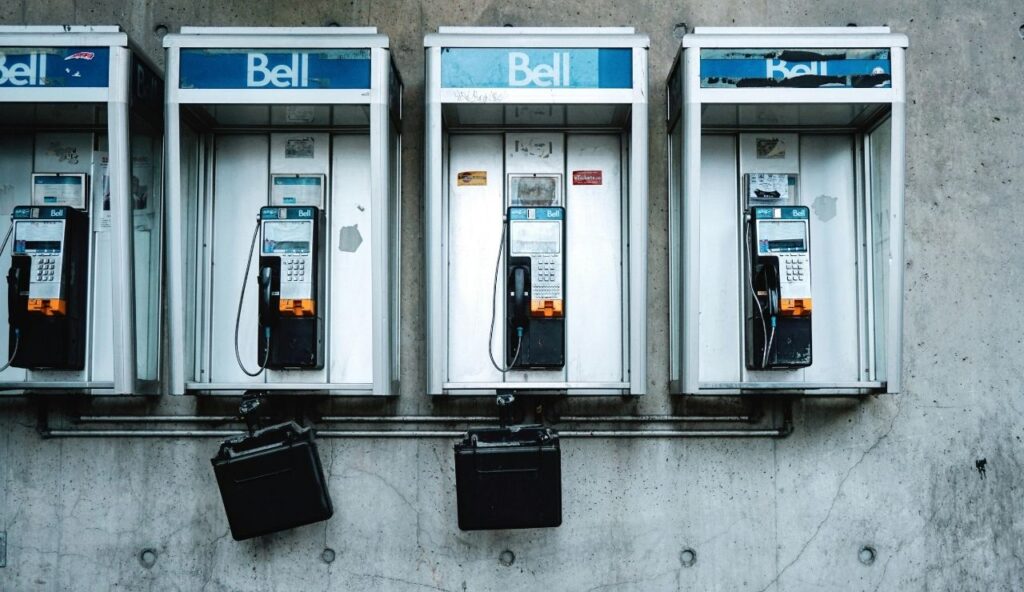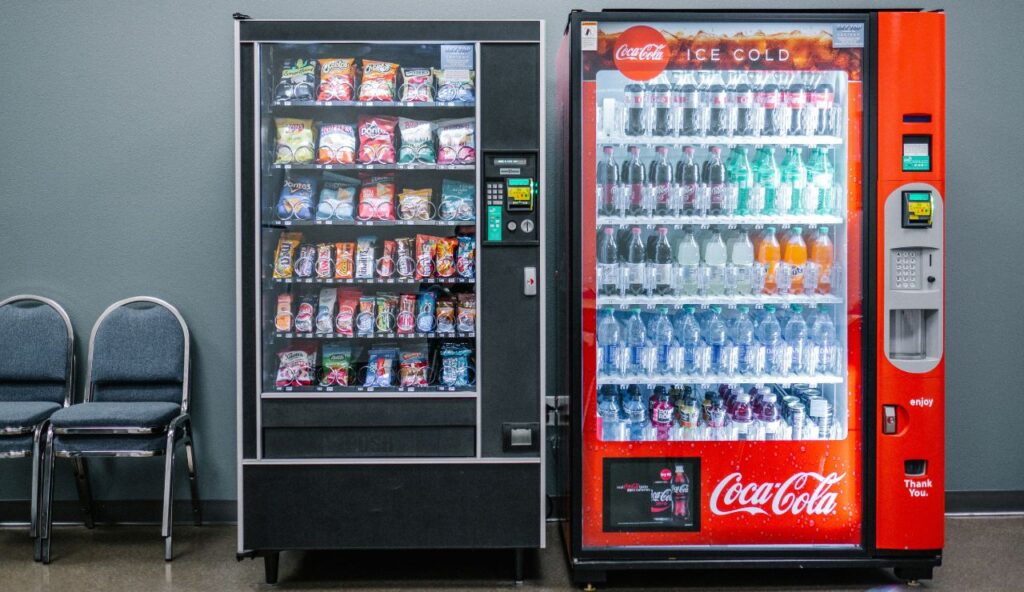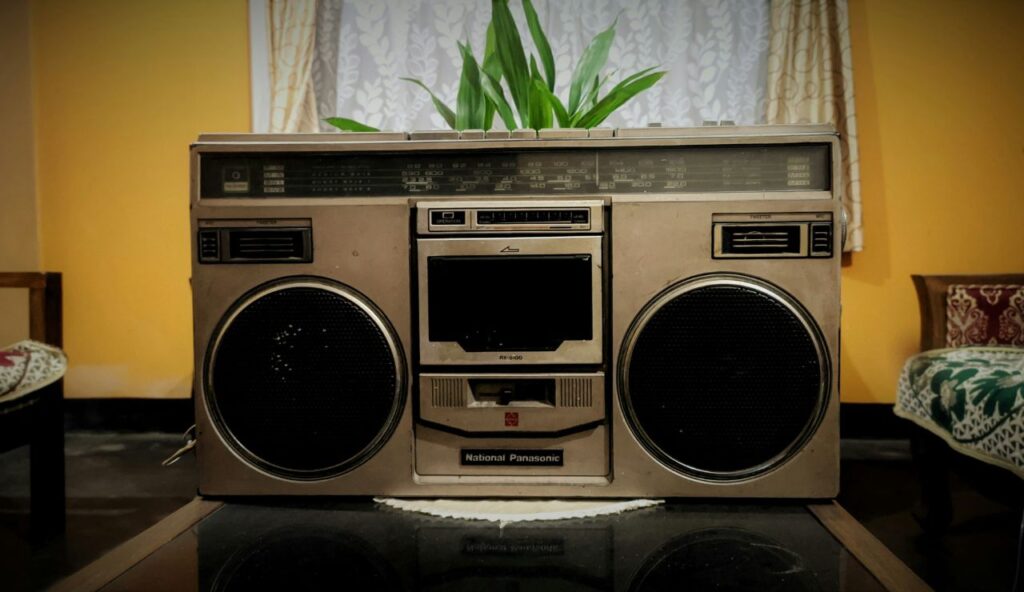Growing up as a Gen X teen meant facing a world that felt slower, harder, and a lot less convenient than the one Gen Z knows today. No texting to cancel plans, no Google for last-minute help, and definitely no social media to check what you were missing. If you wanted to talk, you called a landline and hoped a parent didn’t answer. Missed your favorite show? You waited for the rerun. These everyday challenges built a kind of resilience that most of Gen Z would probably find unbearable.
1. Rotary Phones Demanded Strategic Planning

Dialing a number was a deliberate process. The spinning dial required pauses between each digit, and a single call could tie up the family phone line for hours. Teens planned conversations carefully, knowing interruptions meant starting over. Gen Z’s instant communication would collapse under these delays. Every call was a commitment, demanding focus and patience. There were no quick texts or voice commands, just careful coordination and hoping no one else needed the phone.
2. Payphones Ruled Public Life

Loose change was survival currency. Finding a working payphone unbroken and functional felt like winning a small prize. Teens lined up at malls to call home, whispering pickup pleas while strangers listened. The clunky receiver crackled; coins sometimes vanished mid call. Gen Z, glued to smartphones, can’t imagine life without GPS or LTE. Payphones were lifelines, albeit glitchy ones, tethering teens to a world beyond their pockets.
3. Film Cameras Inflicted Delayed Gratification

Snapping photos meant rationing 24 shots per roll. Waiting weeks for prints often revealed overexposed disasters or blurred faces. Each shot demanded focus: lighting, angles, no retakes. Gen Z’s instant filters and uploads would crumble under such uncertainty. Film was a gamble. Today’s teens document lives in real time; Gen X archived memories like precious secrets.
4. Library Research Felt Like Detective Work

Finding facts meant card catalogs, microfiche, and dusty encyclopedias. No ctrl+f shortcuts. No quitting after three tabs. Students scribbled notes by hand, cross-referencing sources. The smell of old paper mingled with frustration. Gen Z’s instant knowledge would drown in Dewey Decimal chaos. Research was a slog, but the payoff triumph over obscurity felt earned.
5. Cursive Writing Was Mandatory

Schools drilled penmanship until wrists ached. Looping script often earned better grades than typed essays, which weren’t always allowed. Cursive was a rite of passage. Gen Z types emoji faster than Gen X ever wrote a grocery list in cursive. The art of elegant handwriting faded, replaced by efficiency. Gen X’s script, once a badge of maturity, now feels archaic, a relic of slower times.
6. Assigned Seating Governed Social Hierarchies

Teachers dictated seats, often for months. You were stuck beside Chad, the kid who sneezed openly, or Emily, who cried during math tests. Seating charts bred alliances and rivalries. No escaping the chair-kicker or window-hogger. Gen Z negotiates seating like HR disputes; Gen X accepted fate. Proximity bred resilience, forging bonds no algorithm could predict.
7. Group Projects Meant Chaos

Teachers tossed students into teams with zero help. You got the kid who “forgot” their part, the overachiever who did everything, and someone’s older sibling dragged in unwillingly. Arguments erupted. No Slack channels. No Google Docs. Gen Z demands collaboration tools; Gen X survived with grit and duct tape. Success hinged on negotiation, a crash course in adult dysfunction before adulthood began.
8. TV Shows Aired Once A Week

Missing an episode meant waiting a year for reruns or begging friends for VHS recordings. No streaming. No on-demand catch up. Families gathered around bulky TVs, interrupted only by static or a sibling hogging the remote. Gen Z would rather lose Wi-Fi than a weekend to a single missed show. Appointment viewing built suspense; watercooler moments bonded strangers. Delayed gratification ruled entertainment.
9. Strict Gender Roles Policed Self-Expression

Boys played sports; girls joined yearbook. Deviating meant ridicule. Schools enforced dress codes targeting perceived masculinity or femininity. Nail polish? Fags. Dolls? Sissies. Gen Z’s fluid approach to identity would shatter those walls. Gen X teens stifled passions to survive adolescence. Conformity wasn’t a choice; it was survival. The cost of rebellion was exile.
10. Mental Health Struggles Were Invisible

Anxiety and depression were “phases” or “attitude problems.” Counselors shrugged; parents prescribed tough love. Therapy was rare. Teens swallowed panic attacks, masked despair with sarcasm. Gen Z demands accommodations; Gen X suffered in silence. Emotional neglect bred resilience but left scars. Pain was private, a weakness to outgrow. Vulnerability was a luxury poverty couldn’t afford.
11. Recycling Didn’t Exist

Lunch trays, plastic bottles, and notebook paper vanished into landfills. Schools didn’t teach sustainability; “eco-friendly” wasn’t a buzzword. Soda cans littered parking lots; parents packed snacks in cellophane. Gen Z’s climate activism would’ve baffled teens who tossed soda cans into generic trash bins. The ‘90s were a wasteland of convenience, where disposable reigned and “reduce, reuse, recycle” was a punchline. Survival trumped stewardship.
12. School Buses Roasted Students Alive

Windows didn’t open. Overheated metal benches fused to jean shorts. No a/c. The driver cranked heat in winter; summer rides were saunas. Gen Z would sue the district for heatstroke risks before enduring a 30-minute ride in 90-degree weather. The bus was a metal coffin rattling toward doom. Dehydration was normal; fainting meant weakness. Comfort was a myth.
13. Snack Options Were Tragic

Vending machines sold Twinkies and neon soda. Health food meant “low-fat” cookies. Schools didn’t cater to allergies or vegan diets. Gen Z’s snack game includes kale chips and oat milk; Gen X survived on Capri Suns and regret. Lunchroom pizza was cardboard; juice boxes leaked. Every bite was processed, preservative-laden, engineered for shelf life. Nutrition was an afterthought. Hunger beat shame.
14. Music Required Physical Effort

Creating a mixtape meant hovering by the radio, finger poised over record buttons. Missed songs meant waiting for re-airings. Buying albums demanded saving allowance for weeks. Gen Z streams entire catalogs in a day; Gen X cherished every scratched CD. Music was a hunt, a ritual. Borrowed tapes carried viruses; Walkman headphones tangled like fate. Ownership mattered.
15. Adults Dismissed Teen Angst

“Wait until you’re my age,” elders scoffed. Emo phases were mocked; identity crises ignored. Gen X’s pain was trivialized as melodrama. Teachers labeled them lazy; parents prescribed chores. Gen Z demands validation; Gen X learned to swallow their feelings and keep walking. Suffering was a solo journey. Resilience was forged in silence, a badge worn long after youth expired.


